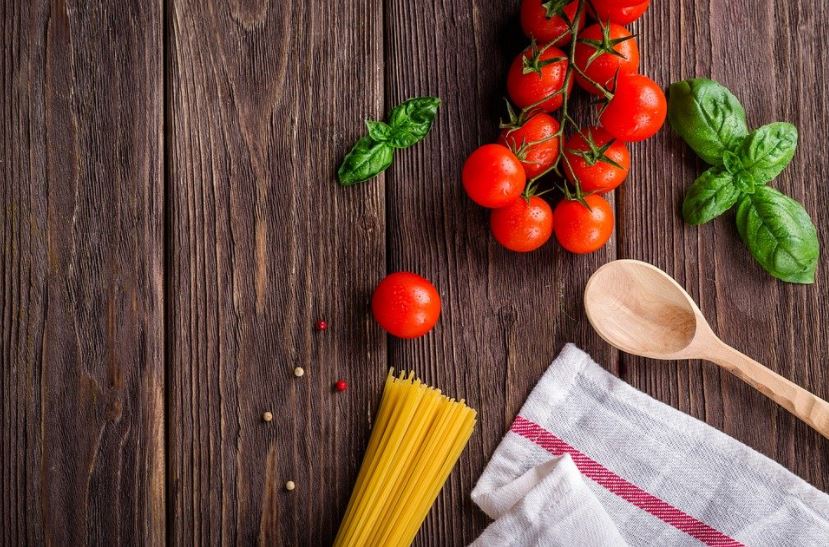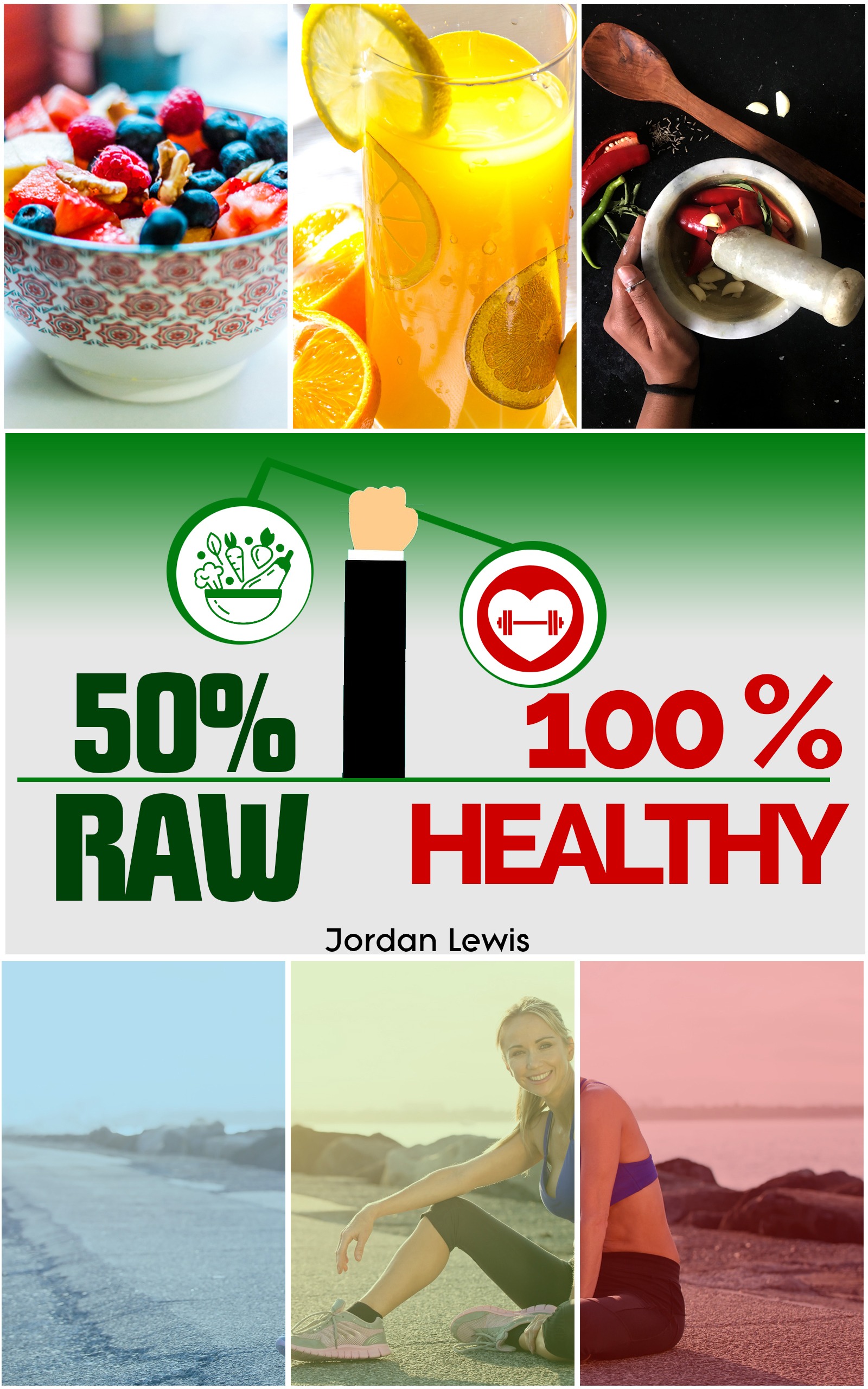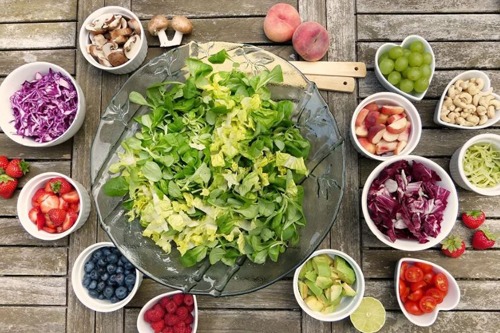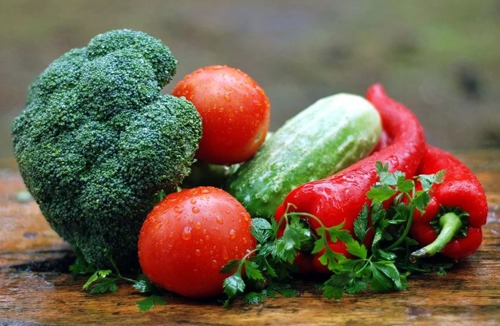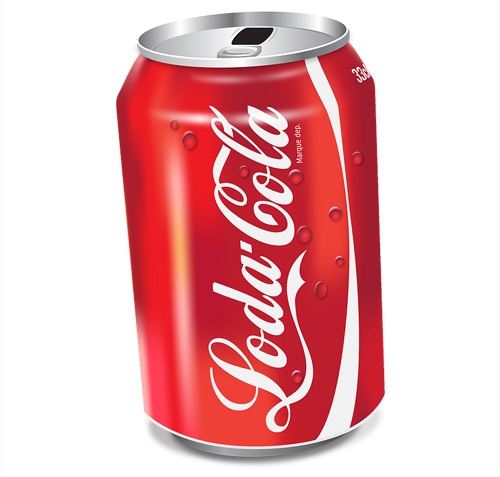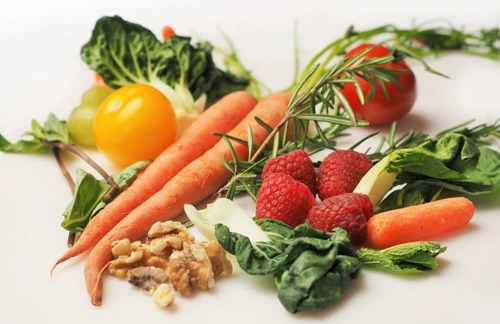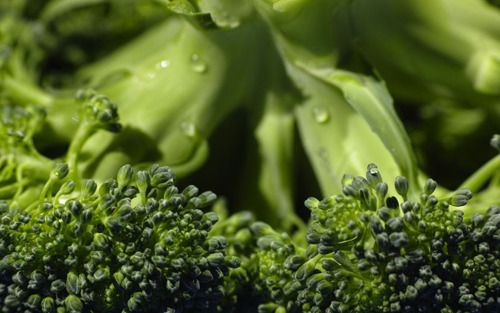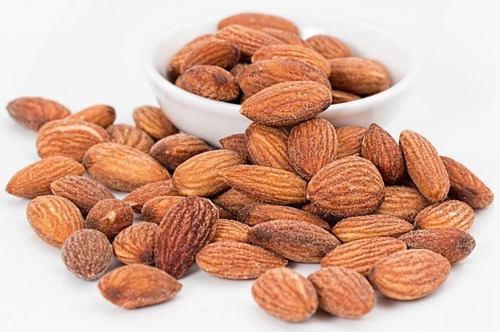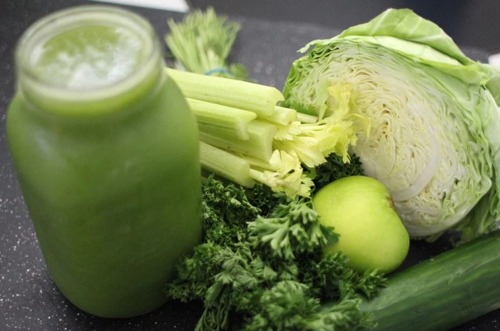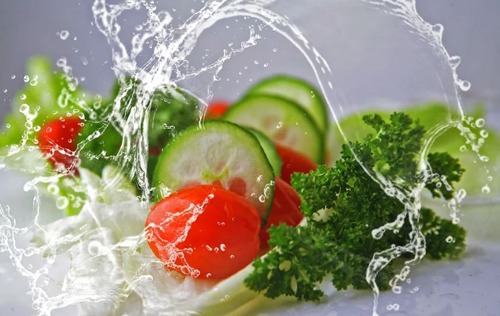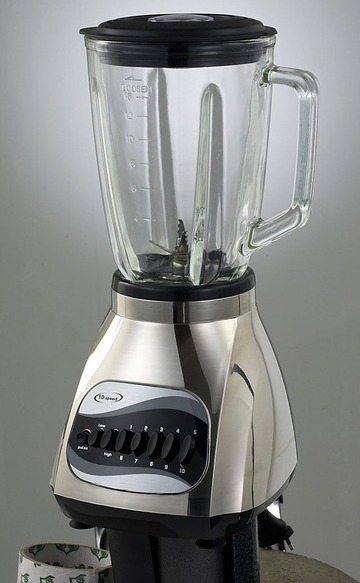by Jordan Lewis (Author) |
Chapter 1: Introduction
The book 50 percent raw is written to tell readers about how they can improve their health by switching completely, or partially to raw foods. However, as per the author’s disclaimer, this book is made for the general audience and is not to be confused with health books.
Raw foods are good for decreasing sugar levels, and this is beneficial for people struggling with diabetes, or other repercussions of too much glucose in the diet. The author has written this book from their own experience with raw foods and aims to share this knowledge with the world. According to them, people have very little knowledge about raw diets. When they start raw diets, it is this lack of knowledge that causes them to make mistakes.
The writer aims to educate people about raw foods. This book is a thorough guide to natural superfoods, raw diets, and all the equipment you need to prepare these meals.
Chapter 2: Why You Don’t Need to Eat 100% Raw Food Diet?
In this chapter, the writer builds a compelling argument for raw food diets, and about how eating 100% raw foods is not a necessity. You can start with 50%, and even 10% raw foods in your diet, and still see a clear improvement in your health. The author speaks about how a diet of raw food only is not necessary. Instead, it is better you eat a little raw food every day, consistently, rather than eating completely raw, and then giving up.
The author provides an excellent example here.
“Health can be enhanced by two primary ways: ditch junk food or eat healthy food. Both benefit your health. From our own experience, we believe that eating raw food helps immensely, but once you give up junk food and consume 50% raw, we do not see any real benefit of going 100% raw.”
(Book Excerpt)
Chapter 3. What Why You Don’t Eat Makes a Huge Difference
Eating junk food is bad for your health, however as the author writes, we all make excuses for our favorite foods. These foods can do a lot of damage to the body and if we even remove these from our diets we can make a huge difference in our health.
This chapter emphasizes the media as the main source of this misinformation. The writer mentions that the media is paid by large corporations, and focuses on stories they know the people will like. They look away from the harmful effects of any processed foods and instead publish a few stories that say the food is good for you.
Chapter 4: Foods to Avoid
This chapter is simply a list of foods you need to keep out of your diet. The first thing on this list is deep-fried foods, which are bad for your health because of the high cholesterol content in them. This cholesterol leads to heart problems, and may even lead to obesity due to high calories.
Carbonated sodas, and cakes and pastries, are next, and both of them have high sugar content which leads to obesity. Diabetes is another common occurrence due to a lot of glucose in the blood. Even skipping sugary foods and soda can lead to a drastic decrease in weight.
Processed meat because of the influx of growth hormones given to animals in their feed should also be avoided. White rice, and white flour products both have high GI ratings, and the author recommends you stay away from them too.
Chapter 5: Why Eat Raw Food?
Most people eat raw foods to avoid obesity and other food-related illnesses. Some want to improve the conditions of their hair, skin, and even nails. However, near the author, a raw diet is not something to start for a fixed goal, and then to leave. A raw diet is a way for you to provide your body with helpful nutrients and to remove harmful things from entering your body.
Chapter 6: Benefits of Raw Food
In this chapter, the writer talks about the benefits of raw food. The first benefit of raw food the author mentions is the increase in the enzymes you consume. Cooking food kills these enzymes. Cooking the food also removes vitamins from it, and breaks down the protein it contains. You get more protein and vitamins when eating it raw.
The Max Plank Institute in Germany noted that 50% of proteins are removed when you cook meals.
Raw foods help clean the body and prevent a negative cell response by white blood cells. Finally, the author quotes the research conducted by DR Frances Pottenger in the 1940s, which links cooked food to degenerative diseases.
Chapter 7: How Can Raw Foods Help Me?
Here, the writer does an excellent job relating the countless benefits of raw foods to the advantage they can give you. The author mentions losing weight and fighting diabetes as a benefit because raw food has low sugar content. Raw foods also detoxify the body because they provide you with a lot of good nutrients your body needs.
Next, the writer discusses how eating raw foods can lead to glowing skin.
People who have eaten a raw food diet for a length of time usually have radiant skin. Many no longer have acne, pimples, and other blemishes. Instead, they see bright, healthy-looking skin. Just try eating 50% raw for 30 days and see how your skin changes.
Finally, the chapter concludes on the increase in energy that raw foods serve. Eating uncooked food helps you stay active, and benefits those that have trouble having a restful night. The author goes on to quote the spokesperson American diabetes association,
“Overall, the less cooked the fruit or vegetable, the more nutrients and fiber it retains.”
Chapter 8: Antioxidants in Raw Food
Antioxidants can prevent the body from aging due to oxidants. The author provides a half-cut apple turning brown as an excellent example of the effects of oxidation. They emphasize the need for antioxidants in the food we consume. The chapter also contains a table of raw fruits and vegetables, with their antioxidant levels.
Chapter 9: Basic Equipment for Preparing Raw Food
This chapter caters to the people just stepping foot in the world of raw food. It contains everything you need to make yourself healthy meals. The best part about this chapter is that everything is reusable and comes to use in other things too. A mortar and pestle, juicer, blender, and food processor are things every kitchen has. A dehydrator and raw milk maker are some special investments.
Chapter 10: Basic Raw Food Staples
If you’re set on including raw food into your diet, there are some things you need at all costs. The author discusses all the raw foods you should have at your home at all times. The first thing on the list is dried herbs, and spices. Basil, Cayenne Pepper, Cinnamon, coriander powder, Cumin powder, Oregano, and paprika are some spices the author mentions by name.
The writer moves towards fruits, with bananas, cherries, mangoes, and strawberries being named as some fruit staples. The book emphasizes the need for cutting up these fruits into small pieces before storage.
Nuts come next, and then oils and kinds of vinegar. The author does a very thorough job of mentioning everything you can need when making a meal consisting of raw foods. A comprehensive list of fruits and vegetables you should buy fresh is also included.
Chapter 11: Basic Raw Food Preparation Tips
This chapter is perfect for every beginner. It contains all the basic knowledge you will need. The first thing the chapter mentions is why you should always soak your nuts before use. Not only do they taste better, but they are easier to cut, and blend in a blender.
Next, the book mentions the required dry foods when you soak them.
If using dried fruit in a salad, soak them for 3-5 minutes. When adding them to a recipe that requires a blender or food processor, give yourself time to soak them for 10-30 minutes. The one exception is if dried fruit is part of raw cakes or cookies, do not soak them at all; otherwise, the cakes and cookies can become soggy.
The author also recommends sprouting your nuts, seeds, and legume. He recommends Sprouts: The Miracle Food: The Complete Guide to Sprouting by Steve Meyerowitz as a good read for growing your sprouts. The writer has also mentioned in detail the way alfalfa sprouts grow.
Chapter 12: Superfoods
Superfoods are foods that contain a high amount of phytonutrient content. Superfoods have a lot of good nutritional content and are excellent for your health. The author starts the list with almonds, which are grown in Africa and Asia. The book contains benefits, uses, and all the other knowledge about how to eat almonds. Aloe Vera, Blueberries, Brazil Nuts, Coconut oil, flaxseeds, goji berries, green tea, flaxseeds, Maca, Mesquite Meal, Pumpkin seeds, Sea vegetables, and Spirulina are some other superfoods this chapter discusses in detail.
A good thing about this book is that it is based on several medical researches.
“In December 1996, the Journal of the American Medical Association reported a 9- year study that showed that those who took 200 mcg of selenium a day had a 50% less chance of dying from cancer than those who did not take selenium supplements.”
(Ebook Excerpt)
Chapter 13: Raw Green Juices
Green juices are an amazing addition to your daily meals. You can find some very good basic green juice recipes. The author mentions adding carrots and other sweet vegetables to add a little sweetness to the juice and making them easy to drink. However, things like fruit juice do not count as green juices, because they contain a lot of sugar.
An easy recipe for advanced green juices is also mentioned in this chapter.
Chapter 14: Raw Food Breakfast Ideas
This chapter contains three delicious and healthy breakfast recipes. The best part is that all of these are constructed out of raw fruit, and so provide an amazing combination of flavor and nutrients. The recipes are raw banana and berry porridge, raw but milk, fruit, and nut salad, banana, nut and berry smoothie.
Chapter 15: Raw Food Lunch and Dinner Ideas
The author has provided easy to follow, and mouthwatering recipes for dinner and lunch options like Kale and Avocado salad, raw nori sushi rolls, Walnut pate, cucumber tomato and seaweed salad, spicy cucumber salad, and spicy papaya salad.
Chapter 16: Raw Food Dessert Ideas
Who said dessert can’t be made of raw foods? The author does a great job of bringing together some of the best raw food dessert recipes. They’re easy to follow, taste as good as any restaurant, and would look perfect when served in front of people.
These include banana frozen dessert, and raw cookies, which make use of 4 ingredients only.
Chapter 17: Raw Food Snack Ideas
The author teaches you to make raw hummus in this chapter. The hummus is made out of 7 ingredients, and what makes it so special is that it does not use chickpeas. You need zucchini, tahini, lemon juice, olive oil, garlic, and salt to make this hummus.
Here are the author’s instructions.
“Add all the ingredients to a blender and blend until you get the right consistency – usually around 30-60 seconds. If too dry, then add a little extra lemon juice and olive oil. If too wet, then add a bit of extra zucchini”.
(Ebook Excerpt)
Chapter 18: How to Choose a Great Juicer
The book mentions all the details you need to think about when buying a juicer. According to the author, the most expensive juicer is not always what best fits your needs. There are other things you need to consider. The chapter mentions 3 different types of juicers, centrifugal juicers, citrus juicers, and masticating juicers.
When buying a juicer you need to consider the time and effort it requires to assemble and disassemble. The author recommends the Omega 8004 Juicer, however, it is a little expensive. This is because not only is the juicer easy to clean, but it is also useful.
